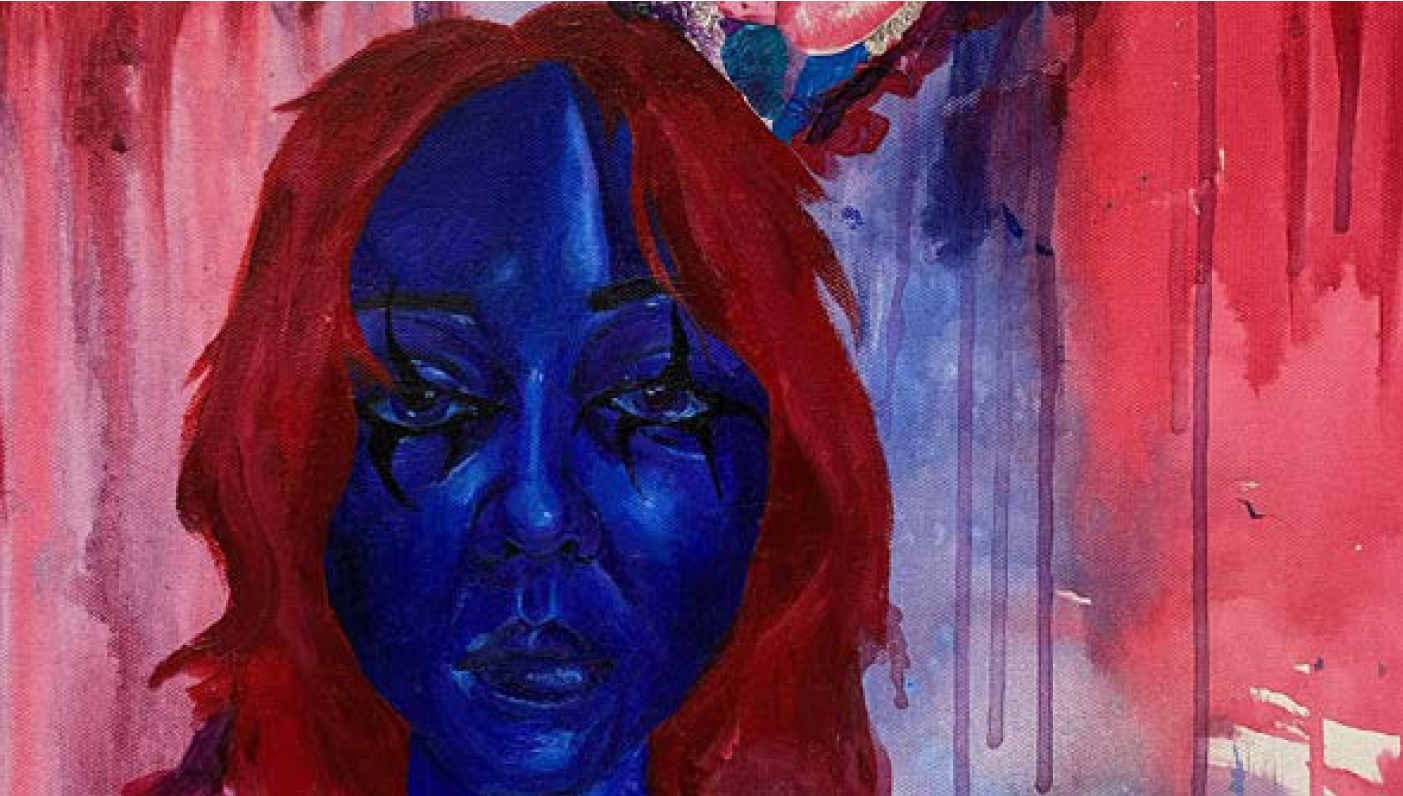Visual Arts
VCE
VCE Art Making and Exhibiting introduces students to the methods used to make artworks and how artworks are presented and exhibited. Students use inquiry learning to explore, develop, and refine the use of materials, techniques, and processes, and to develop their knowledge and understanding of the ways artworks are made. They learn how art elements and principles are used to create aesthetic qualities in artworks and how ideas are communicated through the use of visual language. Their knowledge and skills evolve through the experience of making and presenting their own artworks and through viewing and analyzing artworks by other artists.
Visiting and viewing exhibitions and displays of artwork are necessary parts of this study. These experiences help students understand how artworks are displayed and exhibitions are curated. They also influence the students’ own practice, encouraging them to broaden and develop their ideas and thinking around their art making.
A strong focus on the way we respond to artworks in galleries, museums, other exhibition spaces, and site-specific spaces is integral to study and research in VCE Art Making and Exhibiting. The way institutions design exhibitions, present artworks, and conserve and promote exhibitions are key aspects of the study.
